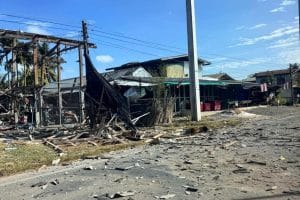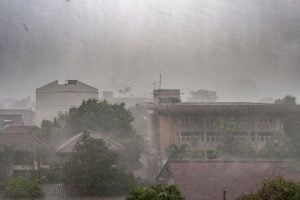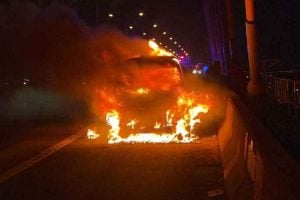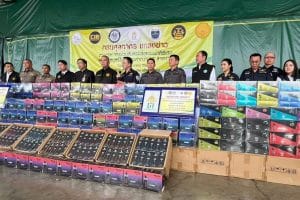Diving: PADI dives in with freediving courses
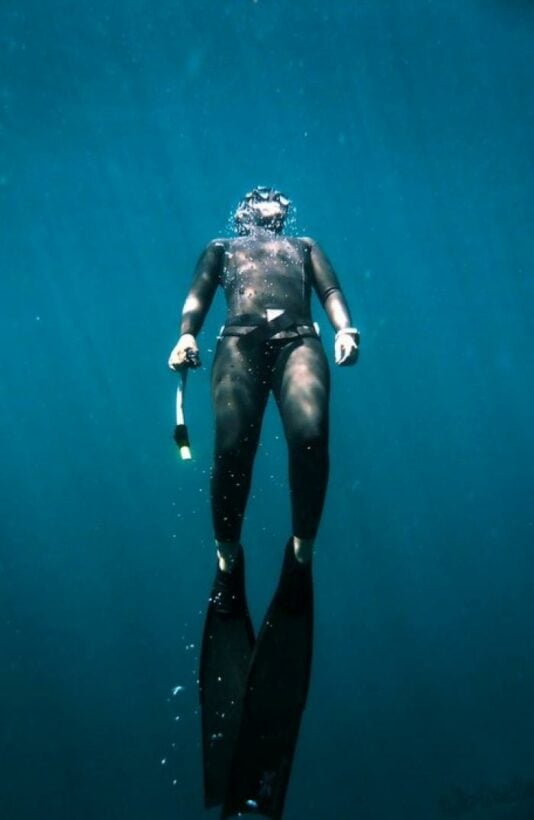
PHUKET: PADI is taking the plunge as it dives into an entire new world with its recently-launched set of freediving courses.
Freediving is a small niche in the diving industry that PADI has, up to now, not tapped into. For more than a decade there has been the PADI Skin Diver course, which “teaches you how to enjoy watching life below the surface and comfortably venture underwater for short visits”. However, the course wasn’t designed to compete with freediving training agencies or train people as freedivers.
PADI, which is nearly synonymous with getting a scuba diving licence, got its feet wet with the launch of a freediving specialty course about three years ago. However, at a PADI Asia Pacific Regional Managers conference, the feedback that area managers from Indonesia, India, Korea, Thailand and numerous other locations, brought to the table was the same – there needs to be more.
“It was just a specialty course; it wasn’t a proper freediving course or instructor course,” explains Andy Auer, PADI Thailand West Coast regional manager. “We listened to people like Richard Wonka [co-owner with Sarah Whitcher of Phuket-based Freediving Instructor Training Center ‘We Freedive’] who were saying: ‘Hey, there are certain elements that are really missing in this specialty course… Maybe you need to make the course a little more complex, because it’s a little short just as a specialty.’
Following the regional meeting, it was decided to completely restructure the program.
PADI talked to freediving experts from other certifying agencies, and it became obvious that, though other courses were solidly built, they were not supported by the best learning materials, explains Andy.
“PADI has always done a good job in providing a complete system. We have videos, we have photographs, and we have a book for the student and a manual for the instructor,” Andy says.
The final result of listening to the instructors and combining it with the resources and systematic approach of PADI is the most up-to-date, state-of-the-art freediving course on the market, Andy points out.
The freediving program now offers three student courses: Freediver, Advanced Freediver and Master Freediver. Additionally, there are three levels of corresponding instructor courses.
The first course “develops the knowledge and skills for basic Static Apnea, Dynamic Apnea, Free Immersion and Constant Weight freediving from 10-16 meters.” Advanced and master freediver courses were developed to build on this base and increase a student’s understanding of the science behind freediving as they push to new depths.
The only major freediving disciplines not covered by the course are: ‘No Limits’ and ‘Variable Weight’, both of which use a ballast weight on the descent.
“At first, I was surprised that PADI took this long to launch a well-developed system, until I got some insights in the development of the program,” says Richard. “The biggest challenges were likely the unexpected differences between scuba diving, which PADI knows very well, and freediving, which was an entirely new field for them.”
PADI’s greatest strengths are also its greatest weaknesses as it enters the freediving arena: standards, accessibility and sheer size, says Richard.
“At the core of PADI’s expertise are three things: A high level of standardization, quality control and broad business support.
PADI aims at making freediving accessible to a wide demographic by creating a basic set of well-defined, safe standards and supporting those who aim to apply these standards.”
The PADI standards define safe minima and the content is provided in a proven system, which means that a basic skill set for freediving and safe practices will be accessible to an enormous audience – PADI has certified more than 22 million people in its 50-year history.
“PADI’s accessible certification standards will likely lead to a broad range of qualifications within the ranks of PADI Freediver Instructors,” Richard points out. “The standards established are a solid base, and it will be up to us instructors to know when our students need us to go beyond this base.”
The most important element PADI can bring to the sport, however, is its global network, as it disseminates up-to-date information to millions of people, dispelling misconceptions and helping to put an end to risky freediving practices that both beginners and seasoned divers engage in.
“Safe practices can only be based on a solid understanding, and structured freediving education has proven its worth in making this understanding accessible. Freediving education saves you the time, effort and risk that it would take to repeat – and learn from – the mistakes made by prior generations,” Richard says. “Seeing and providing freediving education at this scale is really exciting. We Freedive is involved in launching the program throughout Southeast Asia and we are looking forward to helping people discover what we think of as one of the best things one can do in – or out of – the water.”
— Isaac Stone Simonelli
Latest Thailand News
Follow The Thaiger on Google News:







